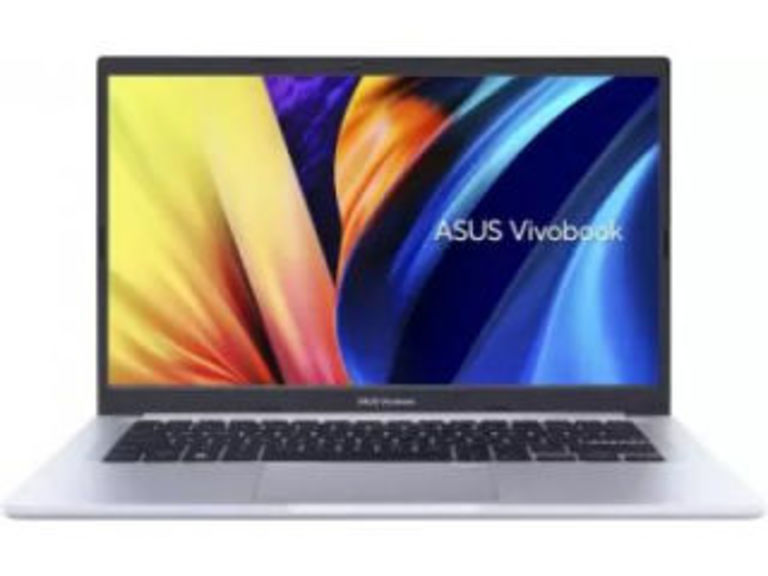

Firstly, the Health Check tool appears to be somewhat buggy, and seems to be misreporting that some PCs don’t have the necessary hardware to run W10 (like TPM), when in fact they do.įurthermore, it may be the case that your PC does have TPM, but that it just isn’t enabled in the BIOS.

However, there are a couple of issues here. More modern machines will, or should in theory, but with older hardware, the TPM requirement could be problematic.Īt the moment, you can use Microsoft’s PC Health Check app (opens in new tab) to see if your PC is good to go with Windows 11 in terms of all the requirements including TPM, with Microsoft observing that “many PCs that are less than four years old will be able to upgrade to Windows 11”. That’s all well and good, and TPM can be implemented as a separate hardware module, or in firmware – but the trouble is not every PC has it. TPM stands for Trusted Platform Module and is a security feature that comes complete with a host of defenses on a hardware level to prevent a device from being messed with. The thorny bit here is that the minimum spec of Windows 11 isn’t quite as straightforward as just checking whether you have enough system memory for example (4GB), because one of the requirements is to have TPM. You’ll also need to be running the most recent version of Windows 10, and your PC must meet the minimum hardware requirements for the new OS.
#WINDOWS 11 COST INSTALL#
The other stipulations for the free upgrade to Windows 11 include that you’ll need an internet connection and to be online, as well as logged in to a Microsoft account, to install the OS.


 0 kommentar(er)
0 kommentar(er)
